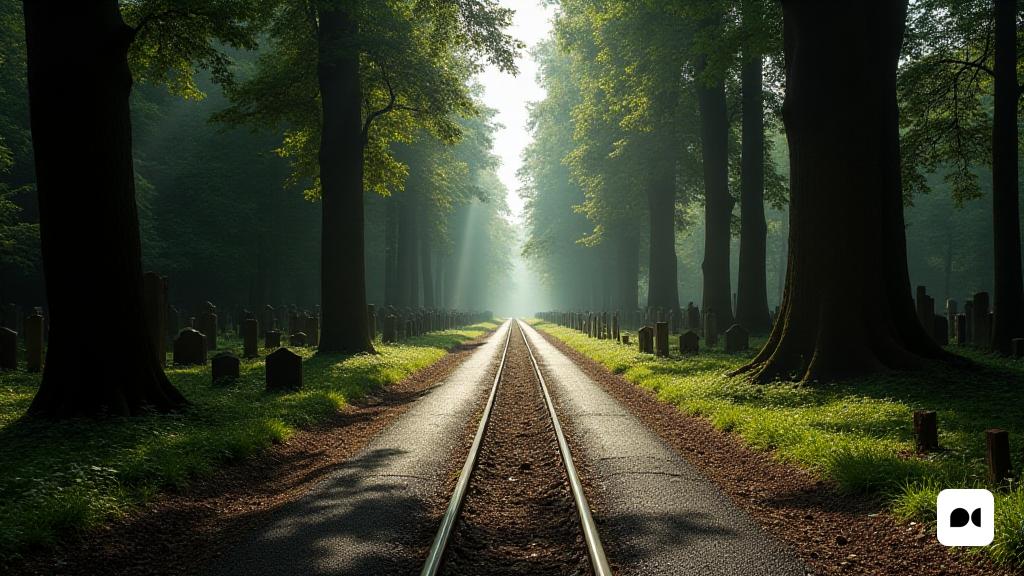A Journey Through Time: Brookwood Cemetery’s Origins
Nestled within the tranquil woodlands of Surrey lies Brookwood Cemetery, a site steeped in history yet often overlooked. This cemetery once served as the final resting place for many, with a connection to a peculiar chapter in railway history—the London Necropolis, a train service dedicated to transporting the deceased.
The Creation of a Unique Transportation System
In the 1850s, as London grappled with a cholera outbreak and subsequent burial crises, Parliament sanctioned the establishment of a railway service that would forever change how the city dealt with its dead. Historian John Clarke emphasizes the unusual nature of this service, noting that it facilitated the transit of thousands of bodies annually from Waterloo to Woking.
The Mechanics of Mourning: Trains Designed for Dual Purposes
The trains were ingeniously designed to accommodate both mourners and coffins, featuring a distinct three-class system that mirrored societal structures of the time. First and second-class passengers enjoyed a more dignified experience, with their loved ones’ names announced as coffins were loaded. Conversely, third-class mourners faced segregation, herded into a less ornate carriage, highlighting the class disparities even in death.
Cultural Reflections on Death and Burial Practices
Walking through Brookwood Cemetery today, one can’t help but reflect on the unmarked graves that dot the landscape, a poignant reminder of the lives once lived. Clarke shares his emotional connection to the site, expressing the solemnity he feels when traversing these hallowed grounds, where the rich and poor alike find eternal rest without the permanence of a memorial.
A Legacy of Accessibility and Affordability
Initially, the service provided a much-needed solution for the burial congestion of Victorian London. With fares that ranged from two to six shillings for passengers and variable costs for coffins, it offered an accessible means for families to honor their deceased. However, by the time of World War II, these prices had significantly declined, making the service even more vital for the grieving.
The End of an Era: Closure and Memory
The coffin train ceased operations in April 1941, following the destruction of its Waterloo platform during the Blitz. While the train itself is now a relic of history, Brookwood station continues to serve the cemetery, connecting the living with the memories of those who came before. Today, faint traces of the railway’s existence remain, such as the two black lines marking the path where the train once traveled, serving as somber reminders of Surrey’s unique and macabre railway legacy.
Looking Forward: The Historical Significance of Brookwood
As we navigate the complexities of modern society, the story of Brookwood and its coffin train provides a reflective lens through which to examine our relationship with death and remembrance. The legacy of this peculiar railway service continues to intrigue historians and the public alike, prompting ongoing discussions about how we honor those who have passed and the societal structures that shape these practices.

